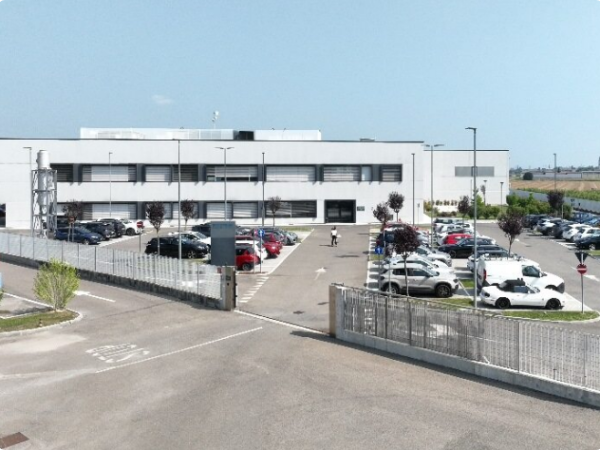From a pioneering idea to a global presence, Ecospray has spent the last two decades engineering change – for cleaner air, smarter technologies, and a more sustainable planet.
This anniversary is not just a look back – it’s a launchpad.
A moment to honor the people, the milestones, and the values that brought us here – and to set our sights on the next twenty years of innovation, impact, and transformation.
Celebrating our journey. Shaping what comes next.
Celebrating 20 years of innovation, Ecospray continues to lead the way in developing cutting-edge solutions for a sustainable planet. Today, our technologies are focused on three core sectors — Marine, Renewables, and Industry — where we drive the transition to cleaner energy and environmental responsibility. With two decades of experience and a future-focused mindset, Ecospray remains committed to shaping a greener tomorrow through advanced, eco-friendly technologies.
Discover our technologies in depth: explore our Marine, Renewables, and Industry solutions to see how we can support your project.
As we mark 20 years of progress and commitment, let’s take a look at the numbers that tell our story.
FROM 5 TO
FROM 3 TO
FROM 2 TO
FROM
MONO
INDUSTRY
TO
MULTISECTOR
INDUSTRY & MARINE
TO
PLURISECTOR
INDUSTRY, MARINE & RENEWABLES
A journey of innovation, one step at a time.
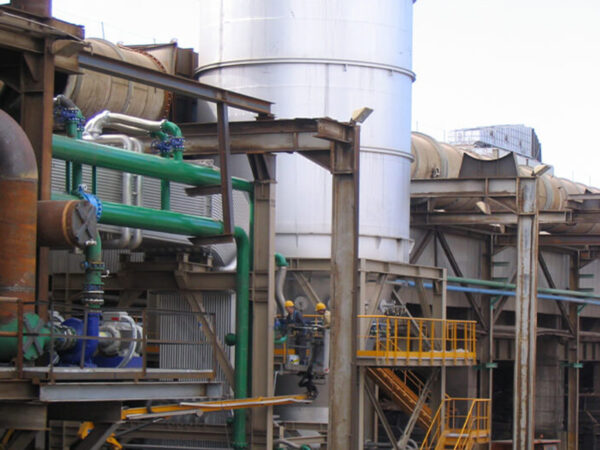
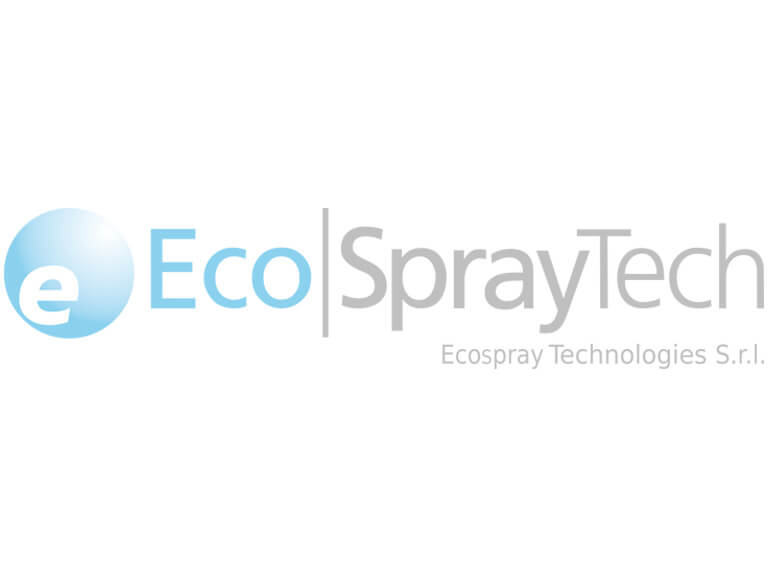
Founded in 2005, Ecospray established its long-term vision by targeting industrial gas treatment and identifying emissions control as a critical future sector.
The company positioned itself in high-potential markets early on, combining engineering expertise with a flexible approach to environmental challenges.
With an initial focus on gas cooling and exhaust emissions removal in industrial applications, between 2008 and 2009 it launched early marine emissions technology with a pilot scrubber and began deploying DeNOx SNCR/SCR systems for cement, diesel engines and incinerators.
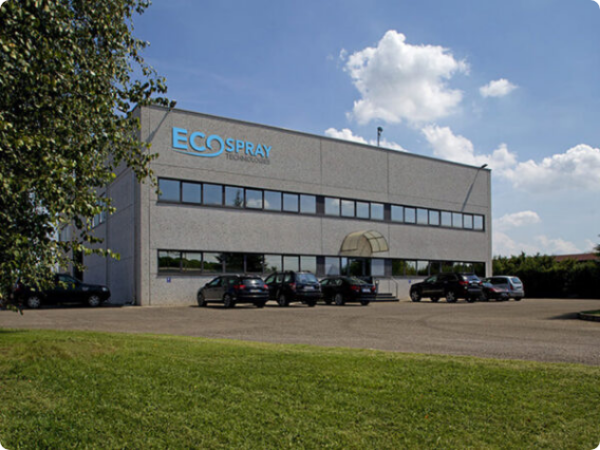
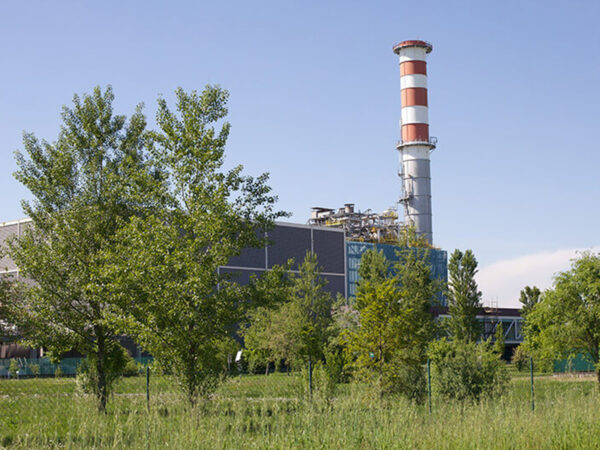
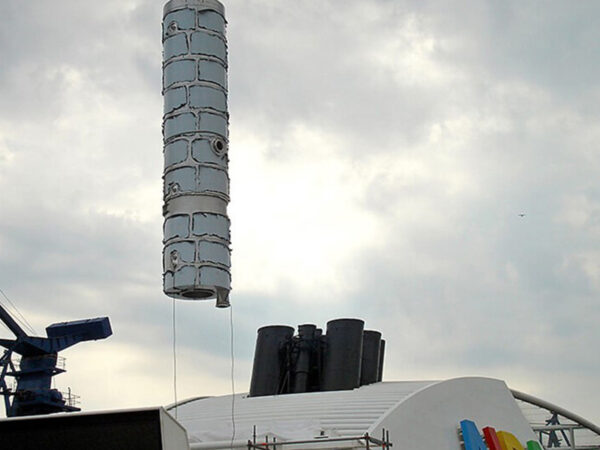
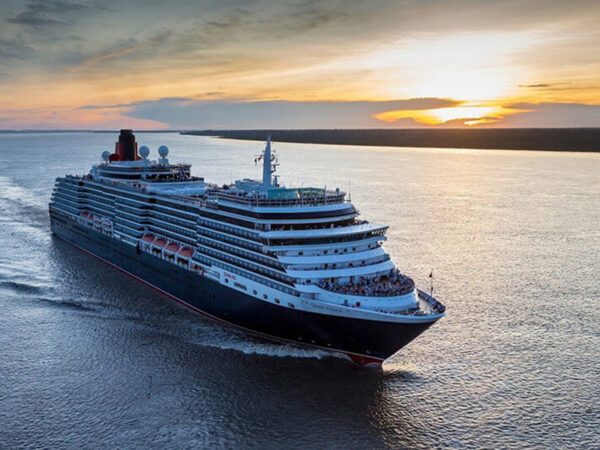
Strategic diversification into the marine sector marked a turning point, with Ecospray adapting its emissions technologies to maritime applications. This phase established the company’s ability to scale innovation and tailor solutions across industries, from power generation to large-scale transport.
From 2010, Ecospray introduced its first high‑temperature filtration and DeNOx SCR units, while, by 2013–2014, it had installed a full-scale DeSOx tower on the cruise ships Queen Victoria and reached 50 EGC system installations.
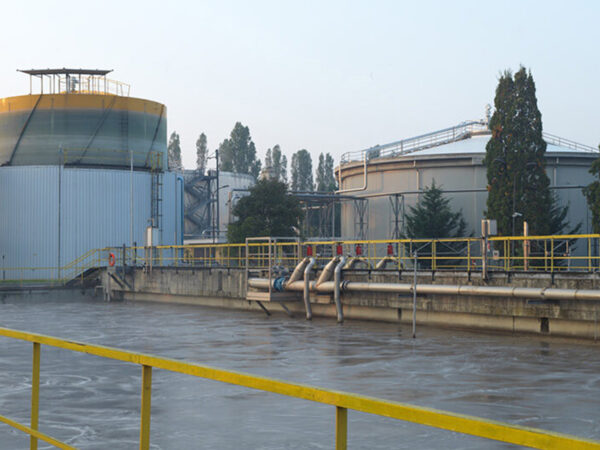
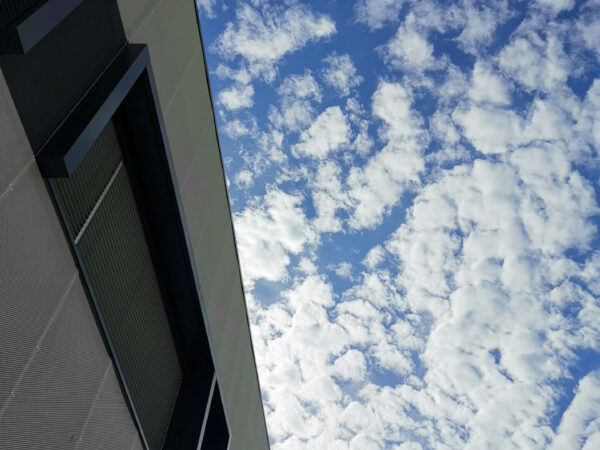
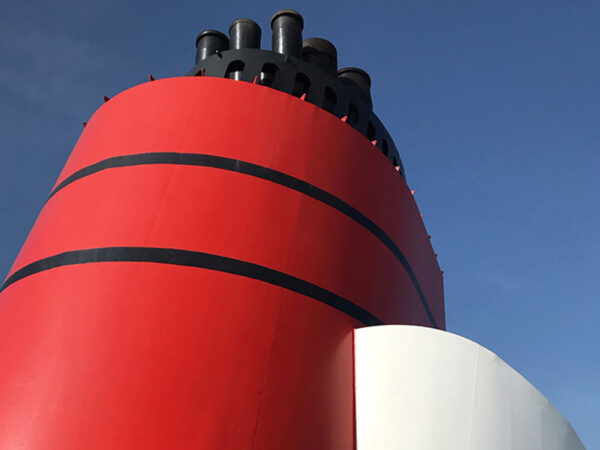
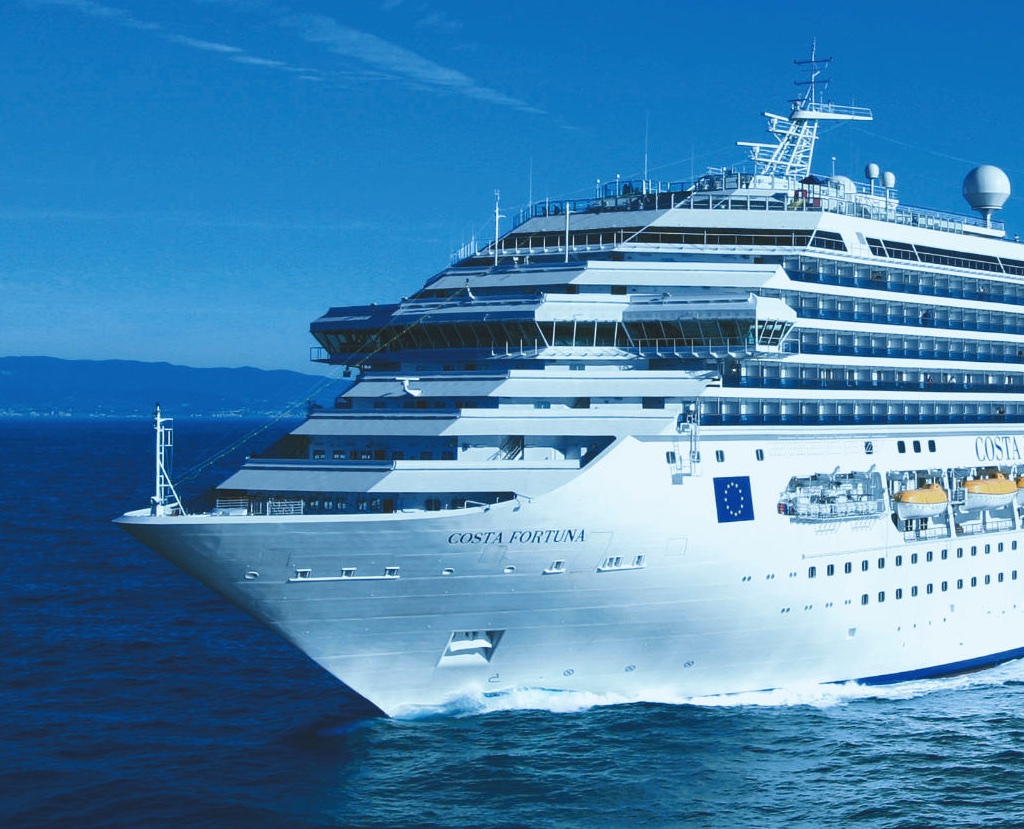
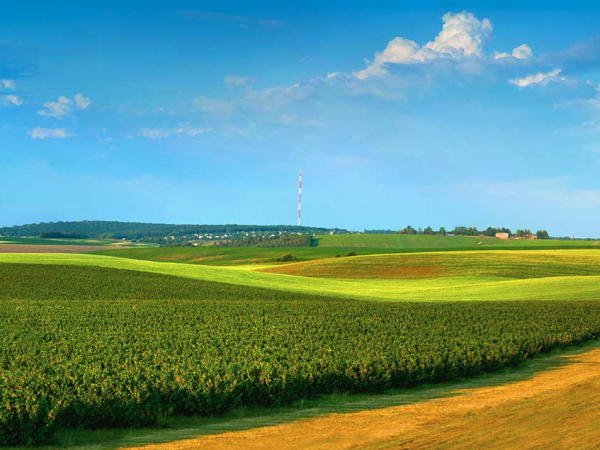
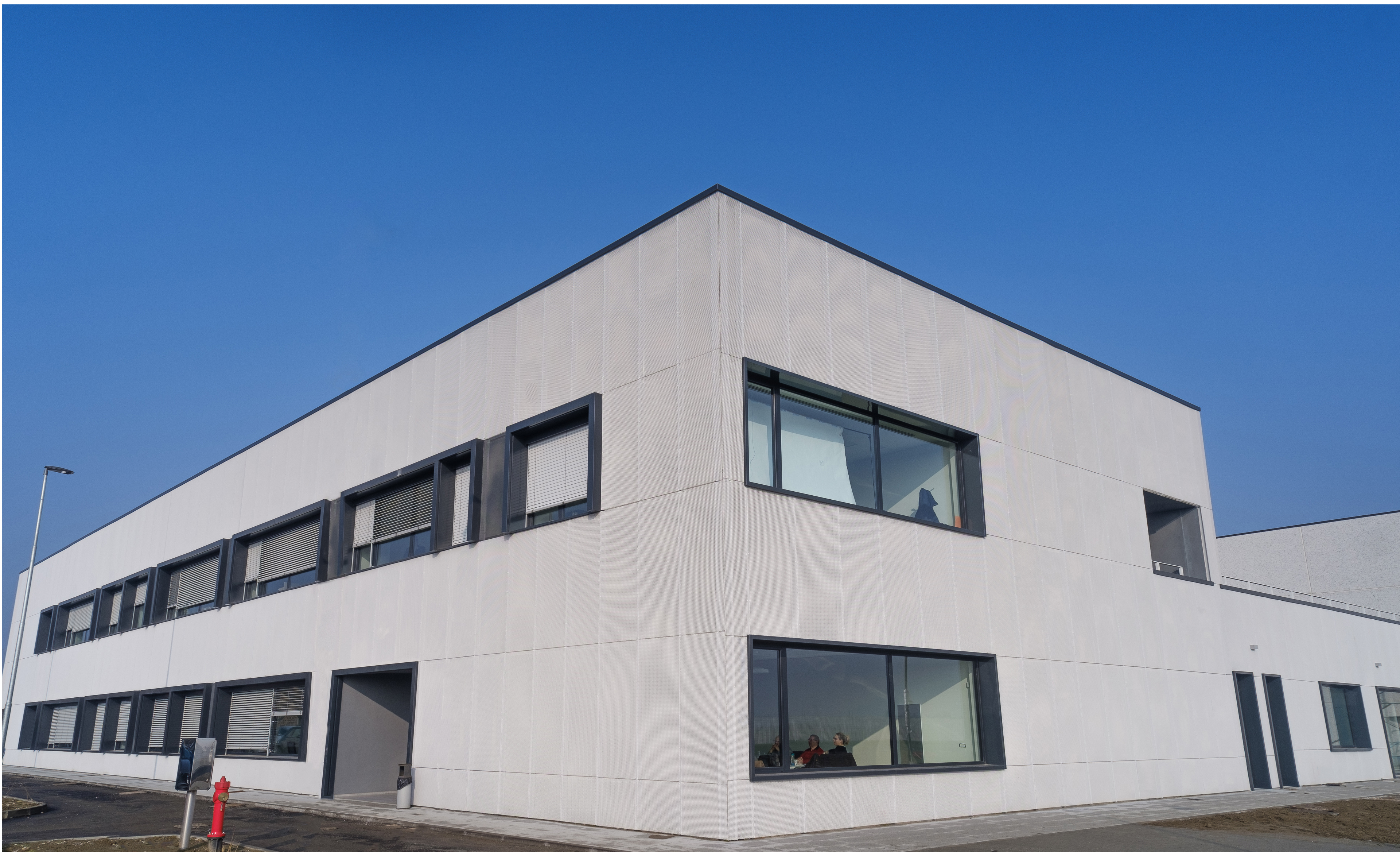
During this period Ecospray significantly expanded its operations in both the marine and renewable energy sectors. The company launched its biogas upgrading technology and completed its first sludge-based biogas plant. A key strategic partnership with Carnival Group in 2017 boosted Ecospray’s global presence in the maritime industry. By 2019, over 450 exhaust gas cleaning and emissions control systems had been installed worldwide, positioning the company as a global leader in clean maritime technologies.
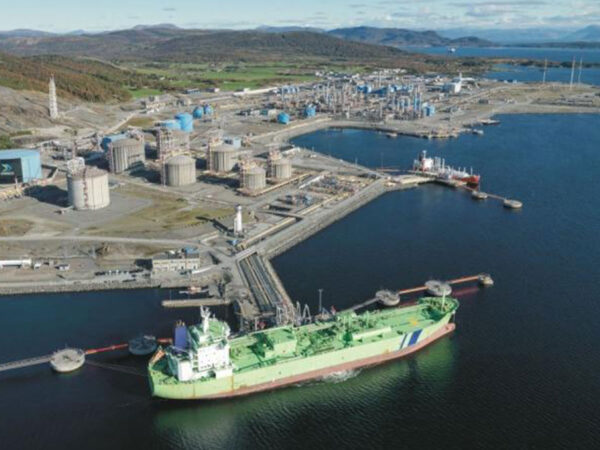
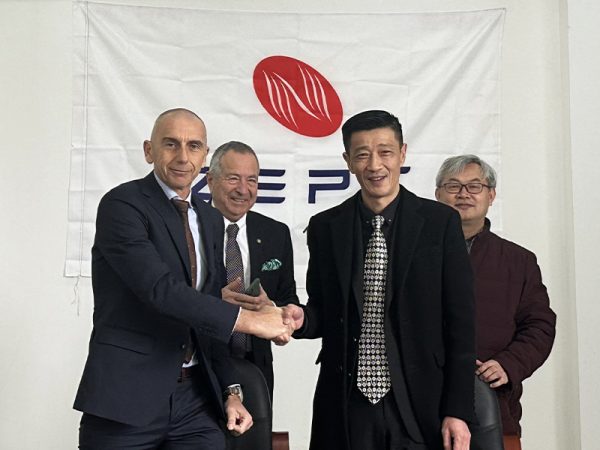
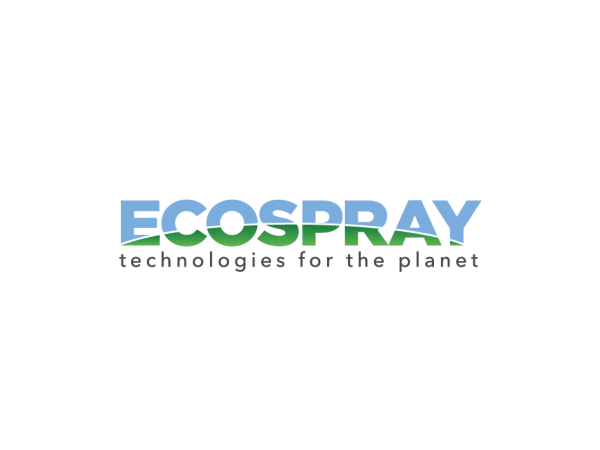

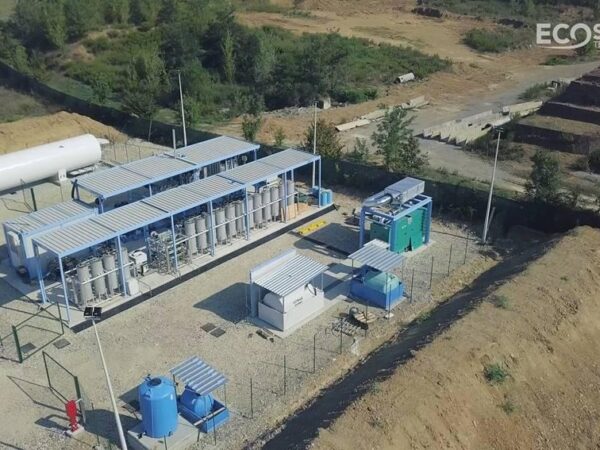
Embracing the energy transition, Ecospray invested in next-generation clean technologies – ranging from bio-LNG to carbon capture – while expanding its global footprint. These moves reflect a shift from emissions control to full decarbonization solutions, strengthening its role in sustainable industry transformation. From 2020 onward, Ecospray completed its first bio‑LNG plant, rebranded under a new vision, and surpassed 650 certified EGCS units, while inaugurating its new sustainable HQ in Alzano Scrivia and the CapLab in Genoa. Between 2021 and 2024, the firm expanded into CO₂ liquefaction, gas flaring micro‑liquefaction, entered in the Chinese EGCS market, and completed the first carbon capture pilot plant onboard a commercial vessel.
Our identity through the years
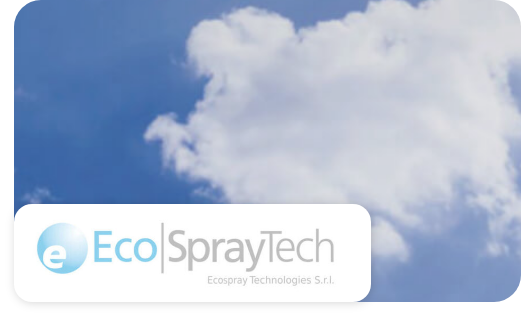
How we started: air pollution control for the industrial sector.
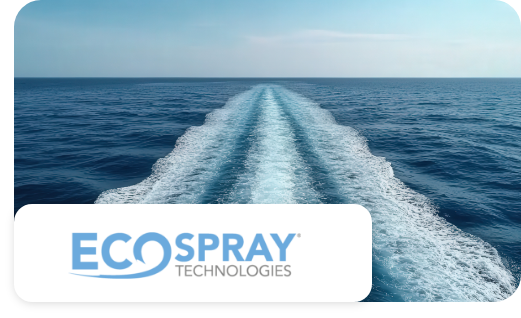
How we evolved: expansion into the marine sector and a new wave in the logo.

How we grow: the Renewables business unit brings green to the logo and a new mission.
A Space that Grows with Us

